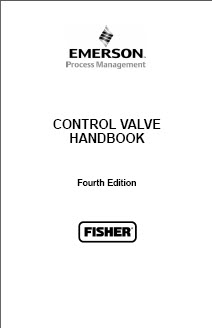Valve leakage can often be traced back to the engineering and design phase of the project:

It is at this time that operating data is specified and equipment is selected based on preliminary heat-balance information. Only two or three operating conditions normally are provided and these are intended to encompass the entire range of conditions that the valves will experience. Many times operating conditions are specified before the feedwater pumps have been purchased, making it very difficult to predict the output pressure and flow data needed for proper valve selection.
Note that for a grassroots combined-cycle plant using F-Class combustion-turbine (CT) technology and supplemental duct firing, feedwater pressures can be as high as 3000 PSIG. If newer steam-cooled CTs are specified, feedwater pressures can climb to 3500 PSIG. Repowering projects present a wide array of feedwater pressures with some climbing above 4000 PSIG.
It is important to know pump performance details before selecting a control valve. The reason is that with such high feedwater pressures comes the potential for valve cavitation. If the pump characteristics of head loss with an increasing flow are not properly understood during the selection phase, it is likely that the control valves will experience cavitation damage. This occurs at the plug and seating surfaces of the valve and results in subsequent leakage.
The bottom line: because pump characteristics usually are not available during the valve selection phase, the valves selected may not have been properly sized for startup conditions or other limitations imposed by the pump manufacturer.
Solution:
Before repairing, upgrading, or replacing any existing feedwater valve, review pump design parameters and plant operating data. A pump curve can be used to ensure that the valves properly match the pump characteristic and have the necessary anti-cavitation trim to protect against damaging effects. Information on pump pressure, drum pressure, feedwater flow and temperature can be retrieved from the data history provided with most plant control systems.
If an upgrade is required, usually it is not necessary to remove the existing valves. A simple trim change often fixes the problem. However, if your recirculation valves were not supplied with anti-cavitation trim, larger valves are likely needed.
Additional posts in this series:
- Part 2: Oversizing control valves to meet maximum conditions
- Part 3: Failure to specify tight shut-off
- Part 4: Improper operation
- Part 5: Poor control arrangement
- Part 6: Entrained particles
Links for additional steps to take to improve your Critical Control Valve performance or for a copy of the control valve handbook. If you wish to discuss your leaking boiler feedwater valve issues, please contact us using the enquiry form or call Joe Walsh on +353 21 4510900 or Dave Ralph on +44 1633 877505
